The e-commerce market segmentation typically divides consumers and products into distinct groups based on product type, business model, sales channel, and consumer behaviour characteristics.
Market Segmentation in E-Commerce
-
By Product Type:
- Common segments include Fashion, Electronics, Food & Beverage, Beauty & Personal Care, and Home & Living.
- Fashion leads in demand, driven by garments, accessories, and footwear.
- Beauty & Personal Care is the fastest-growing segment due to rising interest in skincare and wellness products.
- Electronics and digital media also hold significant shares, reflecting consumer tech adoption and media consumption trends.
-
By Business Model:
- Segmentation into B2C (Business-to-Consumer) and B2B (Business-to-Business).
- B2C dominates as consumers prefer direct online shopping for convenience and variety.
- B2B is growing rapidly, driven by digital platforms facilitating wholesale and supply chain transactions.
-
By Sales Channel:
- Segments include Marketplace platforms (e.g., Lazada, Shopee) and Direct-To-Consumer (DTC) channels.
- Marketplaces attract large customer bases with diverse product offerings.
- DTC is expanding as brands seek closer customer relationships and personalised experiences.
Consumer Behaviour Segmentation
Market segmentation also involves categorising consumers based on demographic, geographic, psychographic, and behavioural factors:
- Demographic Segmentation: Age, gender, income, education, occupation, family size, etc. This is widely used because consumer purchasing patterns often correlate with these factors.
- Geographic Segmentation: Based on location, climate, or region, influencing preferences and needs.
- Psychographic Segmentation: Includes lifestyle, values, interests, and attitudes.
- Behavioural Segmentation: Focuses on consumer behaviours such as purchase frequency, brand loyalty, and online shopping habits.
Research shows that online consumers can be grouped into distinct typologies with different shopping behaviours and adoption factors, which helps businesses tailor marketing strategies and improve customer engagement.
Key Consumer Behaviour Trends in E-Commerce
- Increasing preference for mobile commerce (m-commerce) and social commerce.
- Growing demand for health, wellness, and personal care products online.
- Diversification of product categories reflecting evolving consumer needs.
- Consumers value convenience, variety, and personalised shopping experiences.
- Adoption of payment options like Buy Now Pay Later (BNPL) is rising.
In summary, e-commerce market segmentation combines product categories, business models, and sales channels with detailed consumer behavioural and demographic profiles to understand and target customers effectively. This segmentation enables businesses to tailor offerings, marketing, and customer experiences to distinct consumer groups, driving growth and customer satisfaction.


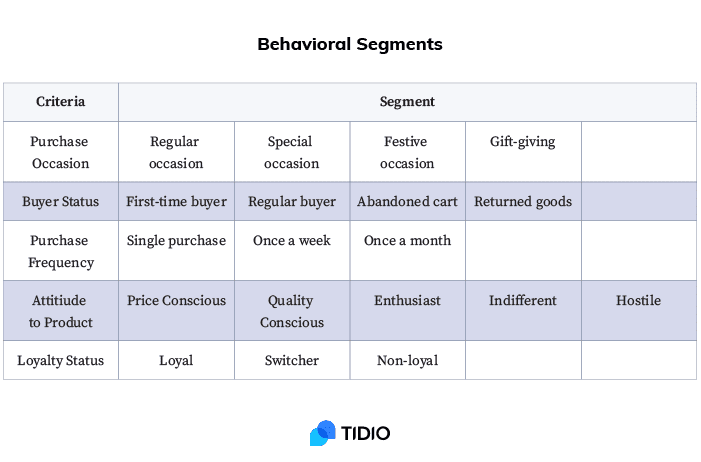
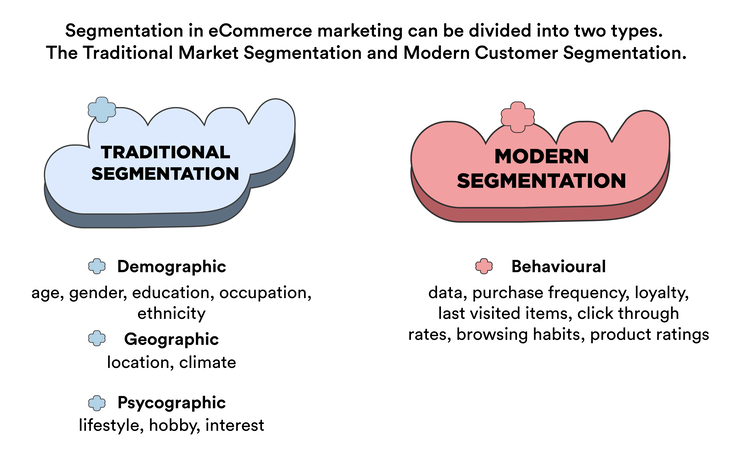
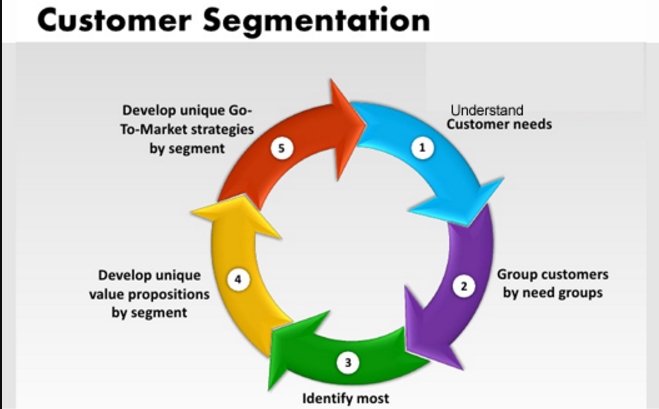

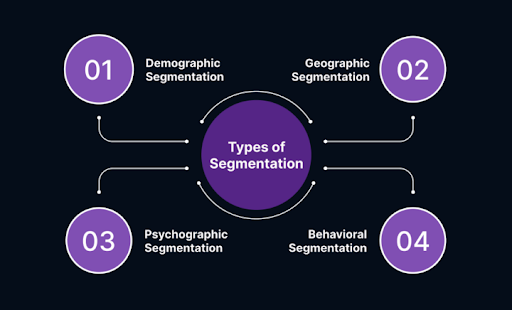





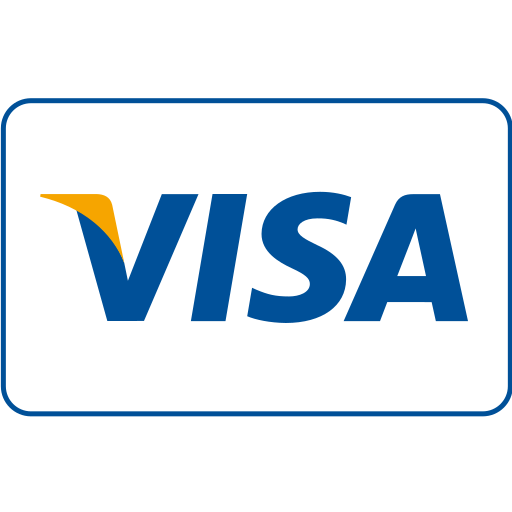
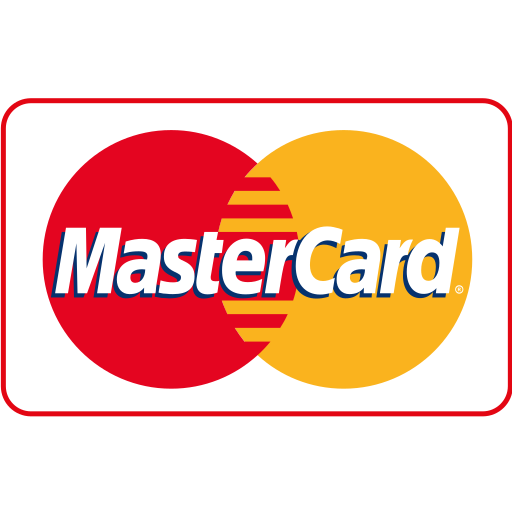

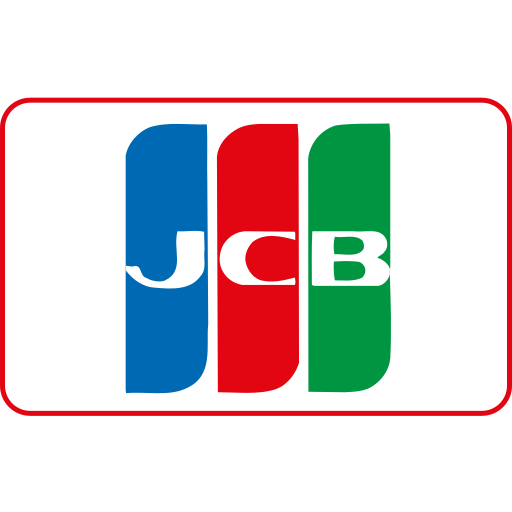

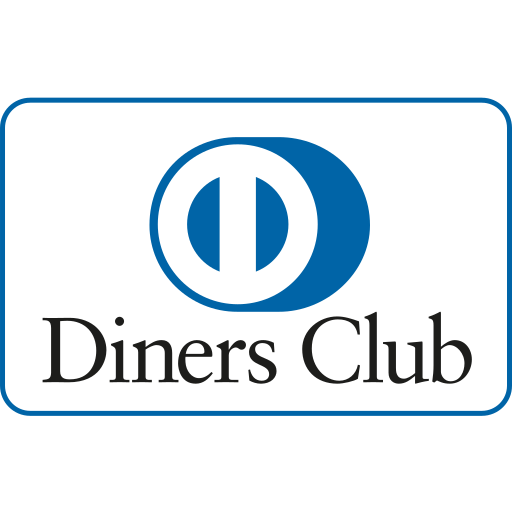

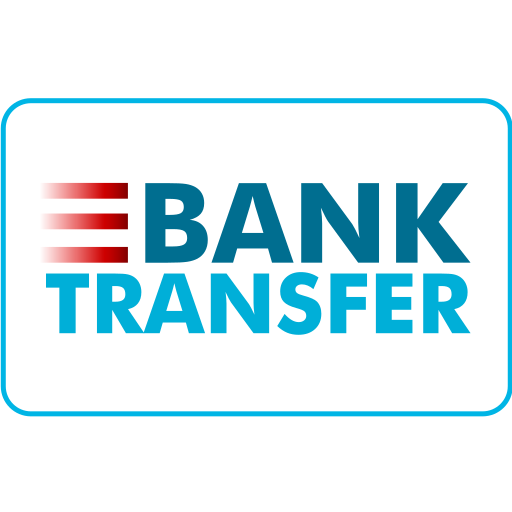
WebSeoSG offers the highest quality website traffic services in Singapore. We provide a variety of traffic services for our clients, including website traffic, desktop traffic, mobile traffic, Google traffic, search traffic, eCommerce traffic, YouTube traffic, and TikTok traffic. Our website boasts a 100% customer satisfaction rate, so you can confidently purchase large amounts of SEO traffic online. For just 40 SGD per month, you can immediately increase website traffic, improve SEO performance, and boost sales!
Having trouble choosing a traffic package? Contact us, and our staff will assist you.
Free consultation